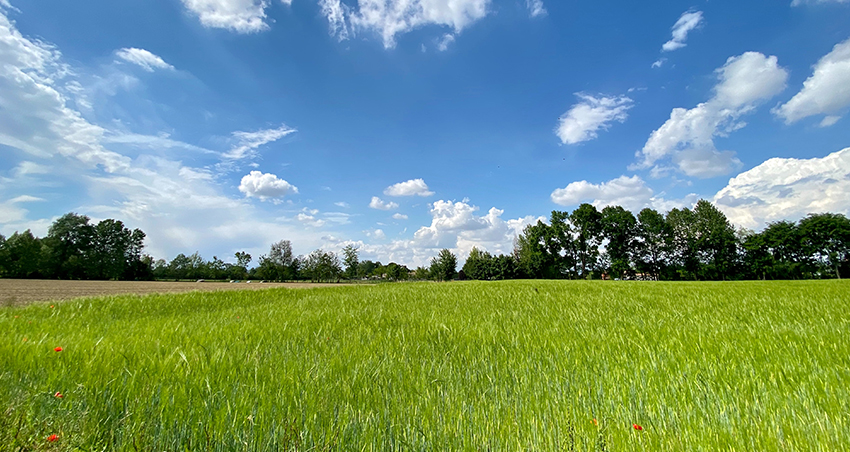
How to Prepare for a Church Building Project: Part 4 of 5
December 13, 2019 |David Graf
Part 4: Choosing a Site

If your church is planning to move to a new location, choosing the site is obviously one of the biggest decisions you will make. We’ve all heard it said that the three most important considerations in real estate are “location, location, location,” and it’s true—even for a church. There are six factors to consider when choosing a site for your church: visibility, accessibility, the neighborhood, demographics, zoning, and buildability.
Visibility
It’s important to know how many cars pass by the building each day, but it doesn’t matter if the people in them can’t quickly see your building and recognize it as a church. This is especially true if you are on a very busy roadway with fast-moving traffic, where people may glance in your direction for one or two seconds at the most. In that short time, your building either needs to stand out in such a way that it merits a second look or your signage must capture their attention—and both of these elements need to communicate the fact that you are a church.
Accessibility
How close to a highway or major city artery is the location under consideration? Is the way into the property clearly visible, or do visitors have to maneuver around side streets to get to it? Is there easy ingress/egress for the parking lot, or are the entrances difficult to see? Do you have to drive beyond the property and make a U-turn to get to it? Is it safe to enter and exit the parking lot?
The Neighborhood
Will traffic or noise from neighboring businesses be an issue? Will the noise and traffic that you produce be a problem for your new neighbors? Are area buildings in good upkeep, or is the community in decline? Be especially careful with vacant land. Just as with a house, make sure you understand what could be built next door to you. Also, don’t purchase property without first talking with some of the neighbors. You should be aware of the level of resistance—if any—that you may encounter from neighbors, who can be an extremely powerful force.
Demographics
Does the new neighborhood match your target outreach group? If so, is that demographic projected to change in the future? Is the neighborhood full of churches already? Is crime an issue—especially if many of your people come from safer neighborhoods? Orchard Alliance has access to powerful church demographic software, and we would be happy to help you analyze those of a potential new location.
Zoning
A property must be zoned to allow for church use. The Religious Land Use and Institutionalized Persons Act (RLUIPA) provides protection to churches when it comes to zoning issues; however, that does not mean a city will automatically yield to this federal law. Be sure to verify with your local municipality your ability to meet as a church.
The importance of zoning goes beyond use of the property for the intended purposes. You must also consider how it could impact the sale of the building someday. For example, constructing a generic commercial building is good for resale purposes because it could easily be repurposed and therefore has great resale potential. But what could happen if you construct the same building in a residentially zoned space? Yes, it’s great that you can use it as a church, but you might be limited by the zoning to sell it only to another church in the future, thus reducing its value.
Buildability
What will be required to build on the site, and is it financially viable to do so? Physical conditions such as the soil compactibility, water table depth, the presence of wetlands or large boulders under the surface, and whether it is in a flood zone all can have serious consequences. Even small animals such as mice and frogs, if protected by the government, can shut down a building project. Having significant slopes can be a real problem in northern states when dealing with snow and ice. Is the property wooded? If so, it may cost a lot to clear the trees and root systems. Have utilities already been installed? If not, find out how far you will have to bring them and how much it will cost to hook them up.
Is there ample acreage for the building, parking, and water retention? Be aware as well of setback requirements, easements, and height limitations. Also, you should find out if the site requires a turn lane, acceleration/deceleration lane, or traffic signal or if a roadway widening project is planned.
I’ve provided you with more questions than answers in this blog (and there are probably others that should be asked), hoping that you’ll recognize the importance of doing due diligence. Be sure to enlist the help of professionals to evaluate zoning and buildability, and don’t move forward with a purchase unless you are confident of what it will take to achieve your building goals. And, as always, I invite you to contact me if you have questions.
Click here to learn about Orchard Alliance’s lending programs.

David Graf
Vice President for Lending
